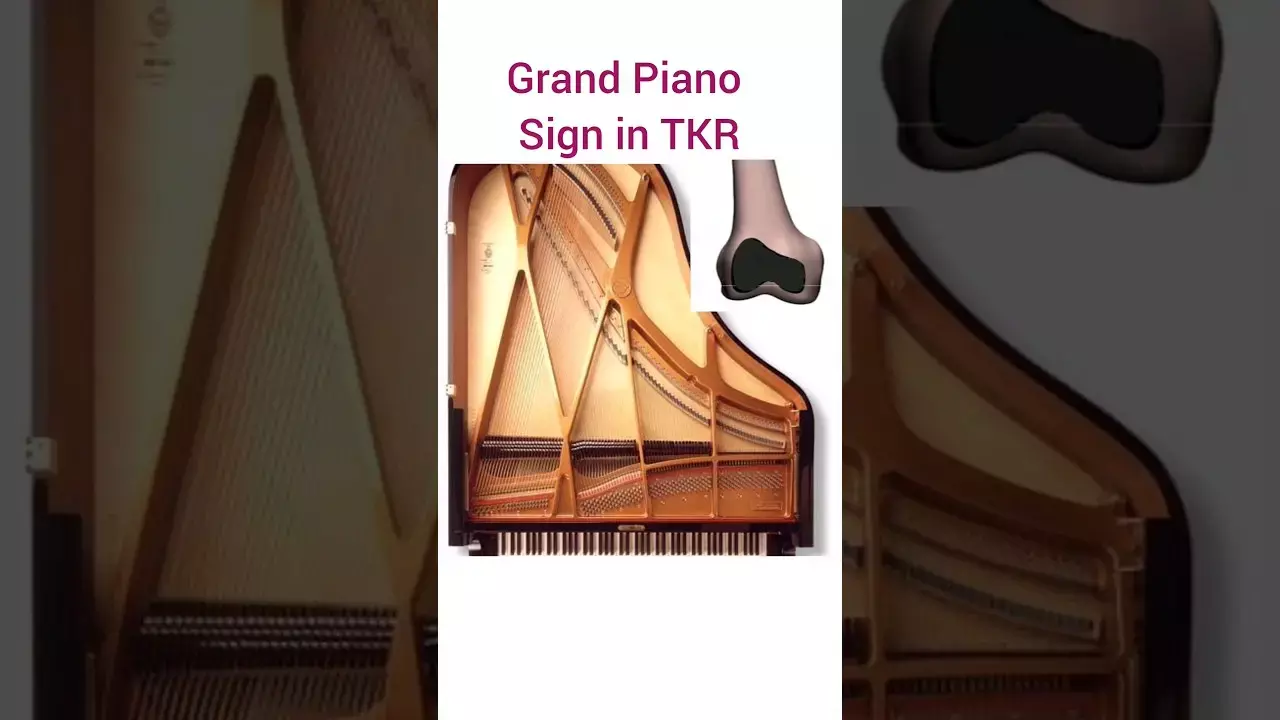- Home
- Medical news & Guidelines
- Anesthesiology
- Cardiology and CTVS
- Critical Care
- Dentistry
- Dermatology
- Diabetes and Endocrinology
- ENT
- Gastroenterology
- Medicine
- Nephrology
- Neurology
- Obstretics-Gynaecology
- Oncology
- Ophthalmology
- Orthopaedics
- Pediatrics-Neonatology
- Psychiatry
- Pulmonology
- Radiology
- Surgery
- Urology
- Laboratory Medicine
- Diet
- Nursing
- Paramedical
- Physiotherapy
- Health news
- Fact Check
- Bone Health Fact Check
- Brain Health Fact Check
- Cancer Related Fact Check
- Child Care Fact Check
- Dental and oral health fact check
- Diabetes and metabolic health fact check
- Diet and Nutrition Fact Check
- Eye and ENT Care Fact Check
- Fitness fact check
- Gut health fact check
- Heart health fact check
- Kidney health fact check
- Medical education fact check
- Men's health fact check
- Respiratory fact check
- Skin and hair care fact check
- Vaccine and Immunization fact check
- Women's health fact check
- AYUSH
- State News
- Andaman and Nicobar Islands
- Andhra Pradesh
- Arunachal Pradesh
- Assam
- Bihar
- Chandigarh
- Chattisgarh
- Dadra and Nagar Haveli
- Daman and Diu
- Delhi
- Goa
- Gujarat
- Haryana
- Himachal Pradesh
- Jammu & Kashmir
- Jharkhand
- Karnataka
- Kerala
- Ladakh
- Lakshadweep
- Madhya Pradesh
- Maharashtra
- Manipur
- Meghalaya
- Mizoram
- Nagaland
- Odisha
- Puducherry
- Punjab
- Rajasthan
- Sikkim
- Tamil Nadu
- Telangana
- Tripura
- Uttar Pradesh
- Uttrakhand
- West Bengal
- Medical Education
- Industry
What is the significance of the Grand Piano Sign in Total Knee Arthroplasty?

The cut surface of anterior cortex of the femur during a mechanically aligned total knee replacement resembles the top surface of a grand piano. It is said to be a reliable marker for correct rotational alignment of the femur. Manish shah et al conducted a study to analyze if the change of shape is significant and predictable for all changes in alignments and rotations (varus valgus, flexion extension, internal- external rotation). The article has been published in ‘Indian Journal of Arthroplasty.’
A retrospective study was conducted using 200 CT scans of patients undergoing total knee replacement surgery with CT-based 3D planning. A proprietary, interactive, surgery-planning and execution software developed by the lead author was used for 3D reconstruction and planning. The system created a 3D bone model using AI segmentation.
The key findings of the study were:
• A sizable percentage (>40%) of the knees had a single peak.
• When the single peaks were excluded from the analysis, the ratios dropped across all alignments and with varying degrees of flexion of the femoral component. These were tested for statistical significance using ANOVA. The ratios were found to be significant with a change in flexion of more than 2°. The p-values for flexion in the intramedullary axis at +3 and +5 were both significant (p = 0.003 and p = 0.001, respectively).
• The difference in lateral peaks was highly significant for all changes in the flexion of the femoral component; whereas a change of 3 or more degrees of flexion of the femoral component was significant for the medial peak.
The authors concluded – ‘The ratios of the lengths of medial and lateral columns of the grand piano sign vary across different alignments. The changes in ratios and measurements are more a function of the femoral component flexion than varus-valgus or rotations of the femoral component. The difference in measurements among different alignments for the length of the lateral column is highly significant. This makes it a possible tool for validation for implant position in femur with preoperative CT-based 3D planning.’
Further reading:
Significance of Grand Piano Sign for Rotational Alignment of Distal Femur during Total Knee Arthroplasty Manish Shah et al Indian Journal of Arthroplasty (2024): 10.5005/ijoa-11025-0008
MBBS, Dip. Ortho, DNB ortho, MNAMS
Dr Supreeth D R (MBBS, Dip. Ortho, DNB ortho, MNAMS) is a practicing orthopedician with interest in medical research and publishing articles. He completed MBBS from mysore medical college, dip ortho from Trivandrum medical college and sec. DNB from Manipal Hospital, Bengaluru. He has expirence of 7years in the field of orthopedics. He has presented scientific papers & posters in various state, national and international conferences. His interest in writing articles lead the way to join medical dialogues. He can be contacted at editorial@medicaldialogues.in.


